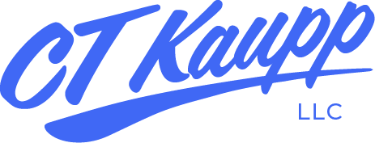
Shark Tank is a reality TV show where budding entrepreneurs pitch their product or service to five investors (A.K.A. “Sharks”). They want to get a deal from one of the investors to take their business to the next level. One of those Sharks is Barbara Corcoran. She started a real estate company with a $1,000 loan and built it into a $5 billion business.
Barbara’s podcast titled Business Unusual launched in May of 2018. On the 25th episode, “Finally! Five Secrets To Pitch Perfect(ly),” she talked about how to construct the perfect pitch. This message immediately struck a chord with me.
There are so many similarities between the ideas she presented and how you can create a powerful homepage for your website. Here are five.
1. A Good Hook
Barbara invested in a company called “The Comfy” (a cross between a blanket and a sweatshirt) on Shark Tank. The two entrepreneurs opened their pitch with a charming jingle. This hooked the Sharks in and immediately got them on their side.
One job of your front page is to draw in that potential customer. I would definitely NOT put a jingle on your website’s homepage (that’s so 1995), but I can see why it worked in the Shark Tank pitch. Just like a good hook in a sales pitch, you want a user to be attracted to your website like a magnet–get them to lean in and stay awhile. A way to do this on a website is to quickly build trust. Testimonials and stats will get the job done.
2. Short and Sweet
You need to be concise when explaining your business. What is it called? What does it do? What problem does it solve? It’s awesome if you can do this in one line but two sentences can work well too. A company called Pipcorn came on the Shark Tank set to pitch their product. It was a small kernel popcorn that was easy to digest. It was made for people who couldn’t digest regular popcorn. How clear is that? Crystal!
You want your homepage to show potential customers that you truly understand their problem and position your business to be their best solution. I always recommend my clients use a few sentences at the top of their website to address this. The more succinct you can be, the better.
3. Own Your Backstory
Everyone has a backstory–so own it. Make yours personal, make it captivating. What’s the story behind starting your business? Everyone has one! When Barbara met the partners of “Tom and Chee” (a franchise that sold cheese on doughnuts) they explained how they popped up a tent in downtown Cincinnati in the middle of a winter storm. The Sharks heard how cold they were, how customers huddled in and around their tent and how everyone was crazy to buy their product. She fell in love with them and a big part of it was because of their story.
Showing authenticity and transparency through your website will make you stand out over the competition. It will give a personal touch while the competition stays buttoned up. An example of this is talking about why you started your business. Every entrepreneur has a story to relate!
4. Look The Part
When Barbara met Kim Daisy on the set of Shark Tank (who was selling delicious, homemade four layered cakes) she instantly invested in her business. As Barbara explains, Kim had her at hello–with her southern charm, million-dollar smile and apron attire.
What do you think of when you walk into a messy restaurant or a smelly gym? Not a good first impression, right? They may have the best food in your city or best fitness equipment but you have already formed an opinion of the level of service they will provide. Now think of this in-terms of your website. What if you have this awesome business but an outdated website? What effect does that have on potential customers? They will wonder if your product or service is really that good, your credibility will be lowered and you will make your competition look better than you.
5. What’s The Next Step?
The investors on Shark Tank need to know the entrepreneur’s plan for the business. For example: how much money they need, how and where they will spend it, and how that will help their business. The Sharks ultimately need to know how they are going to make money from their investment. A website that is only informational and gives the user no direction on what to do will convert 0% of visitors into paying customers.
Just as the Sharks want to know what the next step is for businesses they invest in, your website visitors want to be shown what their next step is. Do you want them to request a quote? Request a call back? Download a case study? Whatever action it is that you want them to take, provide a clear CTA (Call-To-Action) button in the header of your website. This will move the user down your sales funnel faster and more smoothly.
🔒 Unlock My Web Insights!
Benefit from tailored website strategies for Home Service businesses — straight to your inbox.
And just between us, I only send emails when the seasons change (4x/year).
Who I Serve
In the today’s fast-paced digital world, maintaining a robust online presence for your Home Services business isn’t just beneficial—it’s crucial.
This goes beyond simply having a website. It’s about crafting a dynamic online strategy that not only attracts visitors but also engages them and converts leads into loyal customers.
Below is a snapshot of the types of businesses I enjoy partnering with.

